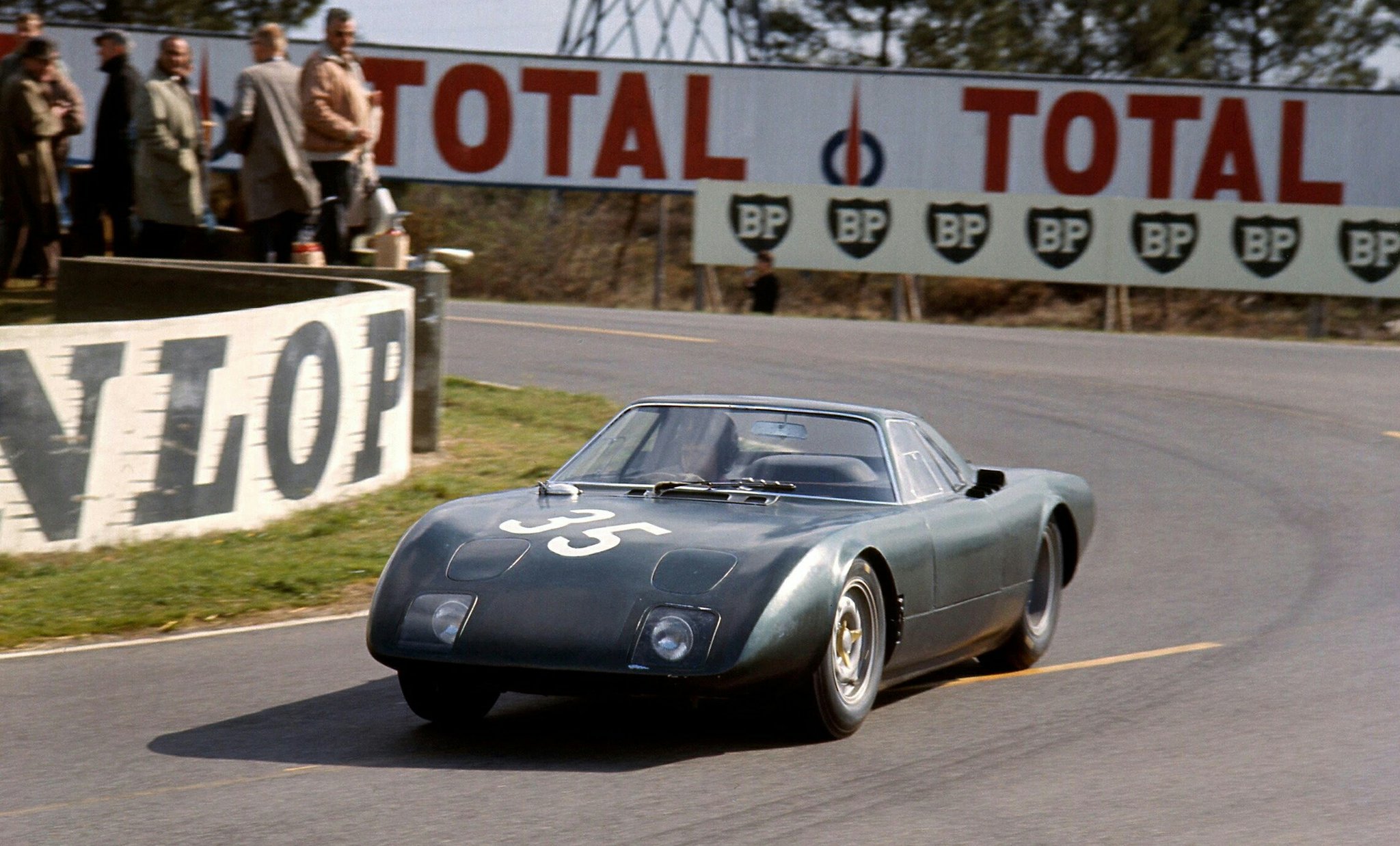Forgotten Legends
A dream called turbine
Photo credit: Wheelsage
As early as the beginning of the century, there had been several attempts to use turbines for the propulsion of land vehicles. However, it was the aeronautical industry that found two important and very different ways to use this type of engine: transferring the power generated by a kerosene turbine to a classic propeller (turboprop engine), or even using the turbine to generate a jet capable of giving the necessary thrust for flight.
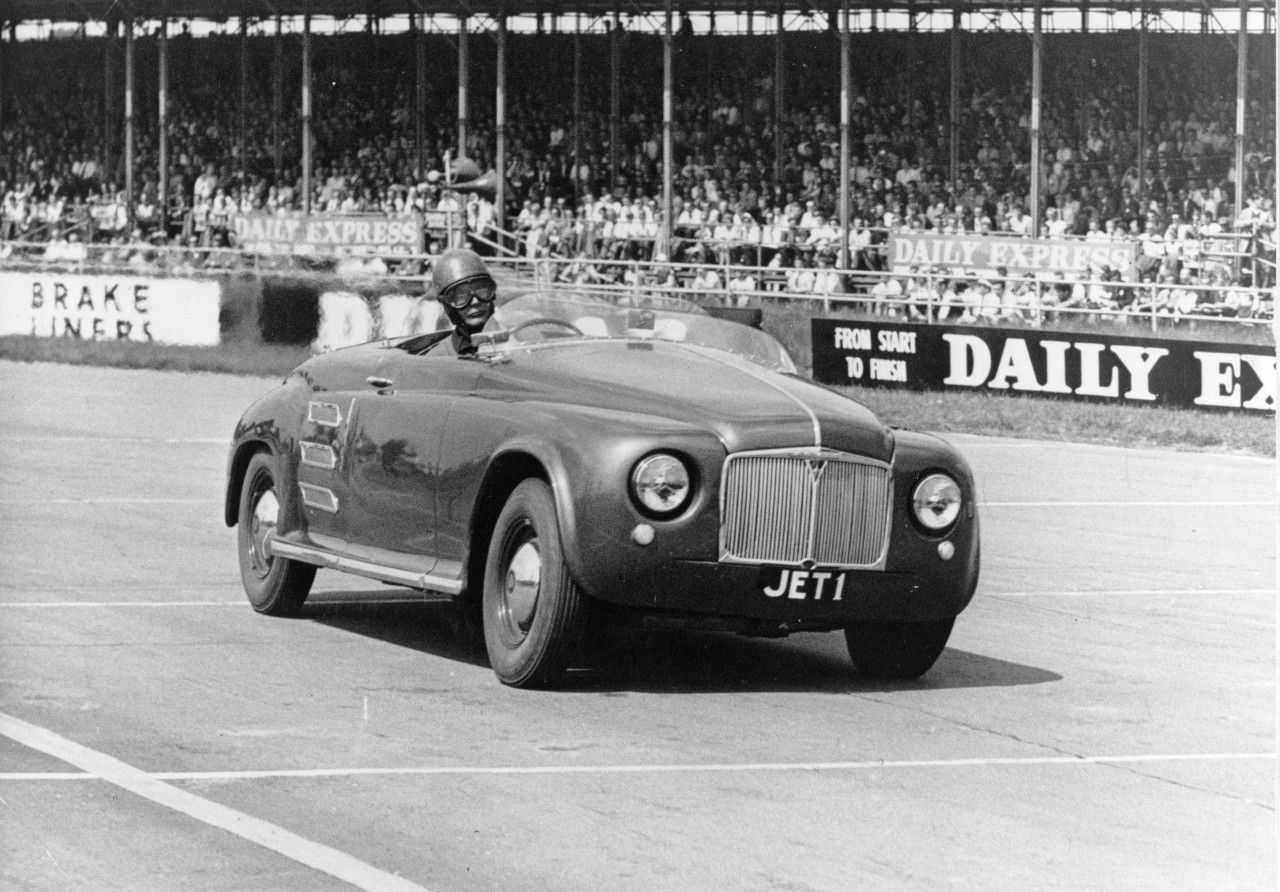
However, it was when the small passenger plane by Vickers Viscount came into service in the late 1940s that this type of propulsion started interesting car manufacturers. At the end of the war, commercial flight was becoming more widespread, and the idea of having a car that took its technological underpinnings from the world of aeronautics was a valuable marketing tool.
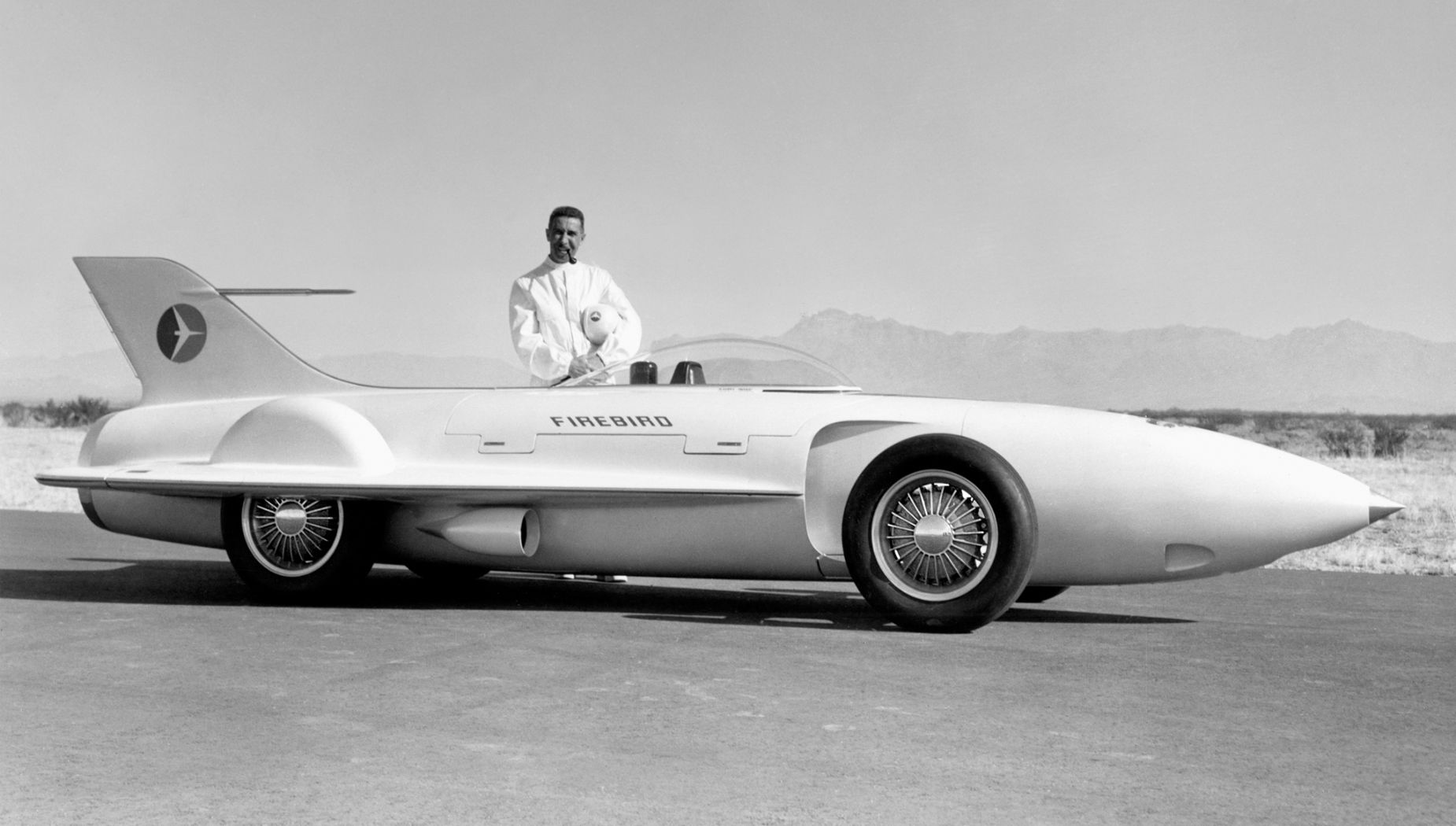
At the beginning of the 1950s, Rover, GM, Fiat and Renault presented turbine cars, all more suitable for setting speed records than for demonstrating how this type of engine was ideal for normal production. In fact, the high consumption, temperature management problems, the almost total lack of engine braking that negatively impacted the braking systems, which back then were almost exclusively through drum mechanisms, and above all the poor reliability of engines that produce power continuously and at stable rpm, met more than a few difficulties when all that power had to be transmitted to the ground with almost constant speed changes.
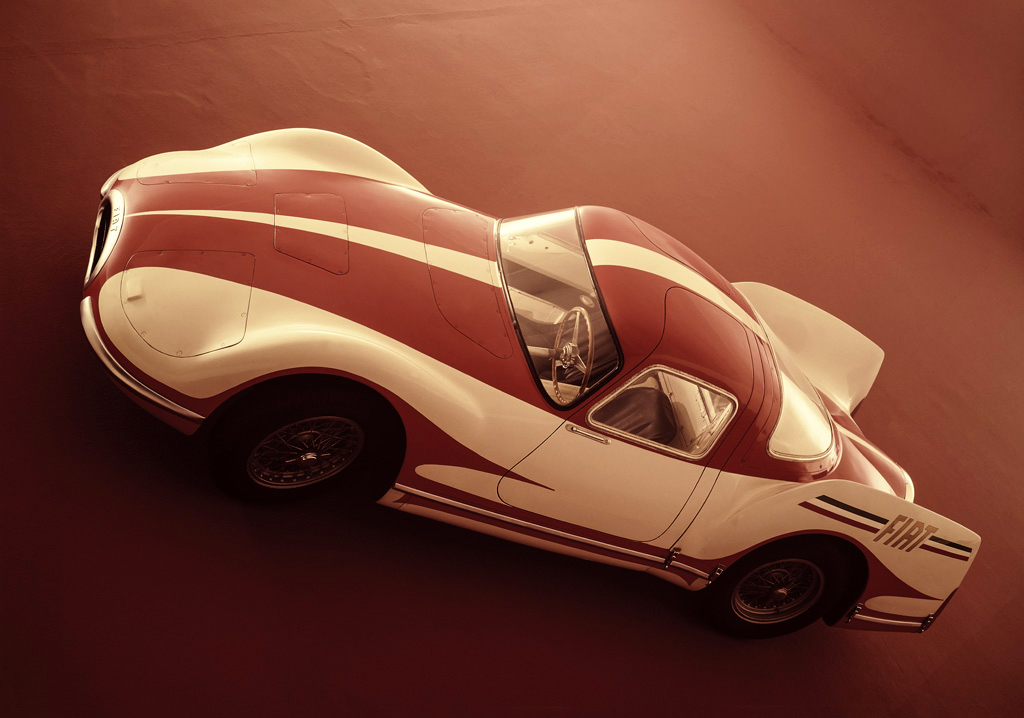
Nevertheless, these complications were not enough to curb the enthusiasm for turbine engines, so much so that in 1963, the British car manufacturer Rover entered a turbine-powered car in the Le Mans 24 Hour race, driven by none other than Graham Hill and Richie Ginther. The Rover-BRM dominated the long straights of the Sarthe and ended up finishing 7th overall, even if it wasn’t classified because it sat outside the class divisions for the race.
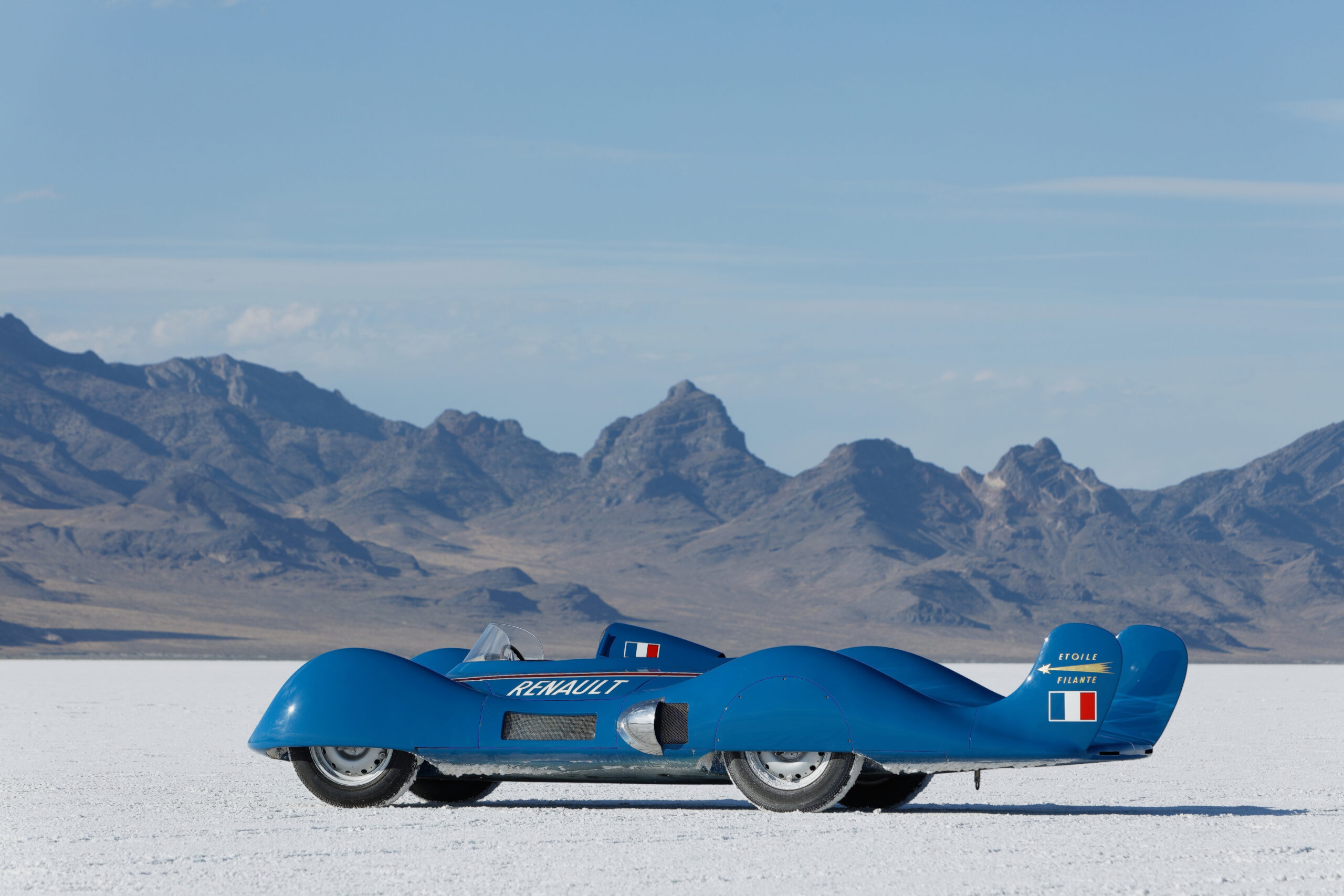
The positive characteristics of the turbine, principally reliability and power, meant that this type of engine was mainly used for fast races. The very fast oval of Indianapolis allowed Graham Hill to dominate the 1968 edition of the Indy 500 race, driving a Lotus 56 powered by a turbine engine. The same car, however, used in Formula 1 on European circuits, proved to be significantly less competitive than the classic single seaters with piston engines and a mechanical gearbox that were far more suitable for the winding tracks.
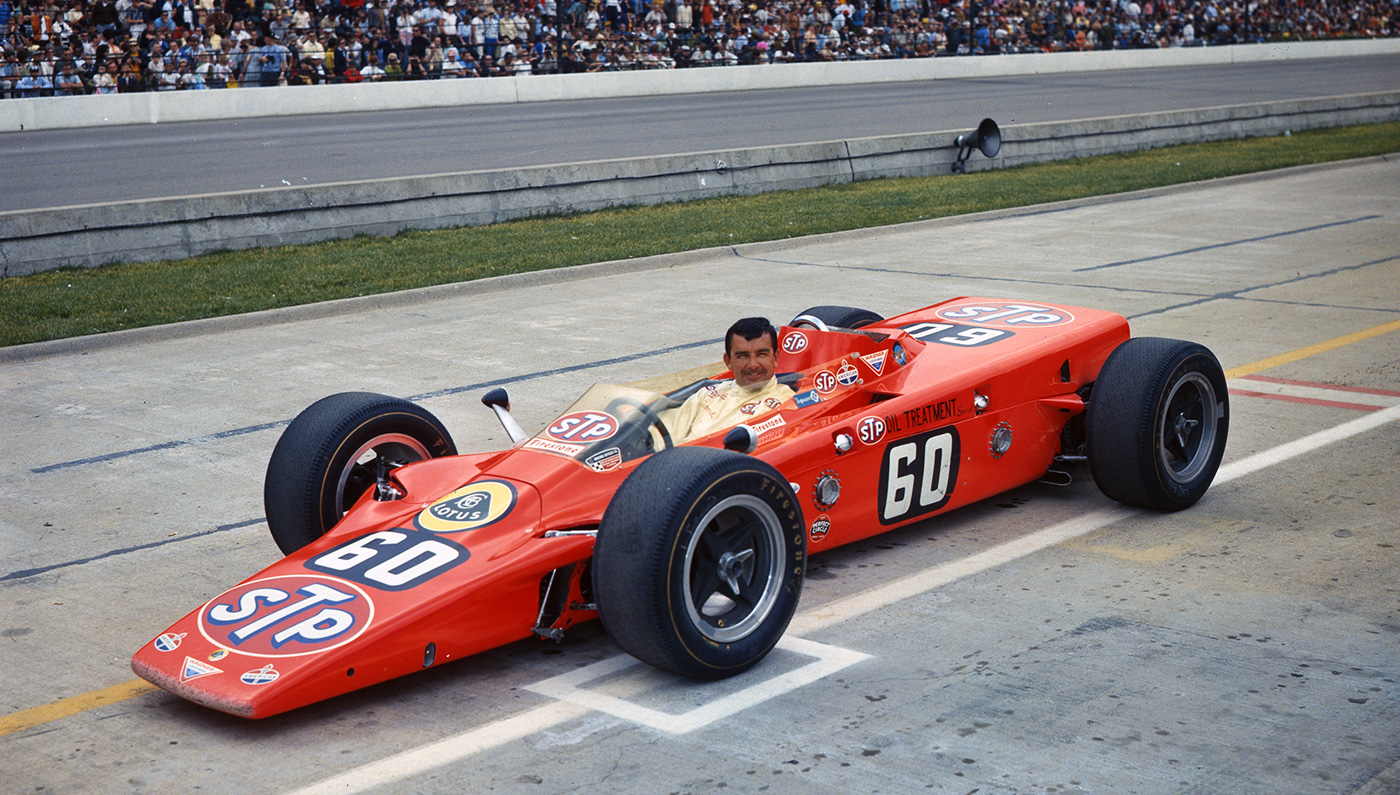
The biggest attempt to bring turbine engines to the roads was made by Chrysler with the Turbine, which built 55 examples of the model in 1963. This project didn’t end well, and it was abandoned for cost reasons and excessive emissions.
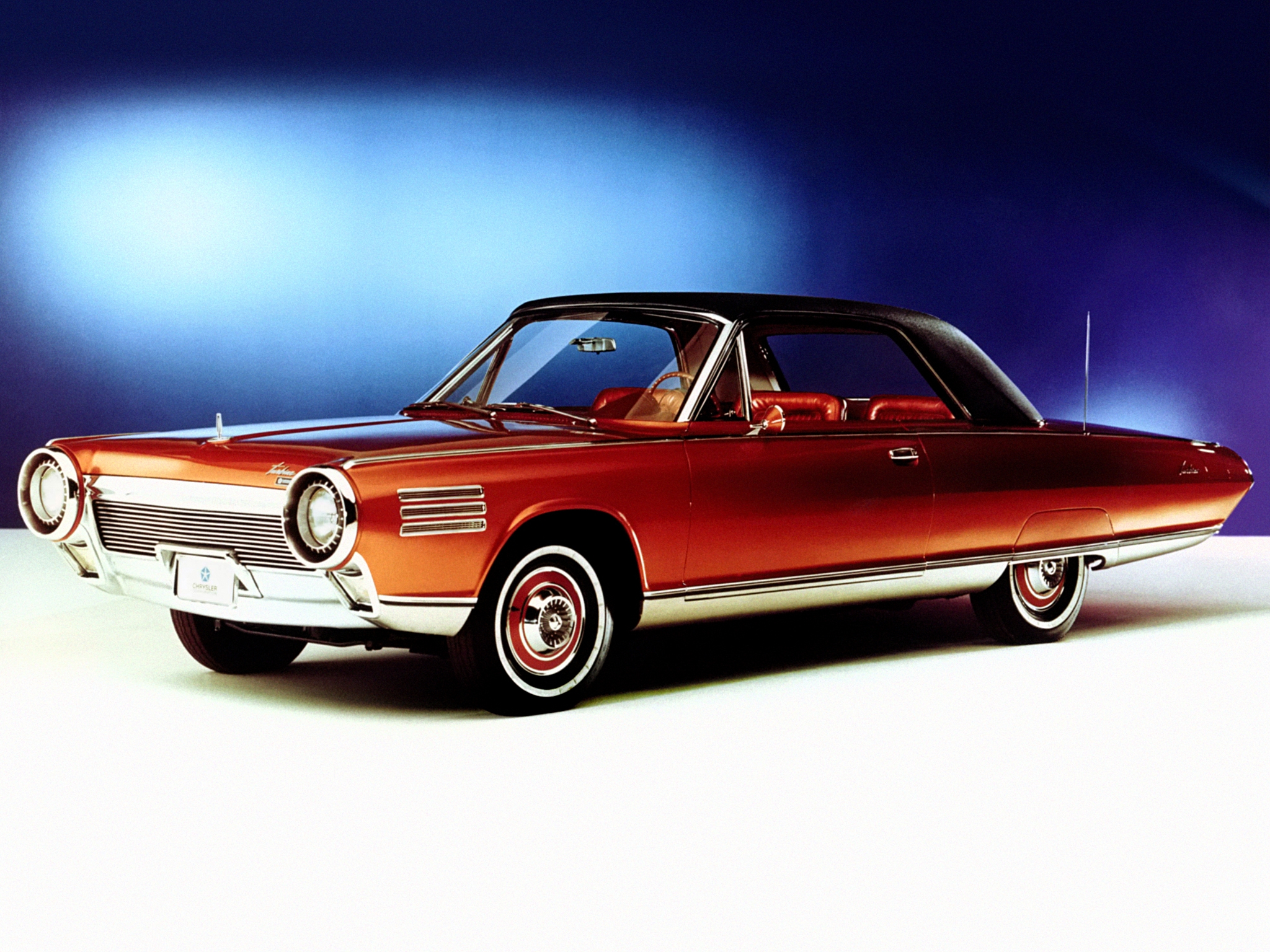
The dream of a marriage between airborne and land-based mobility through turbine engines is now over, and the increasingly more stringent rules on pollution have already ruled out any possibility for this technology to be used in future.
